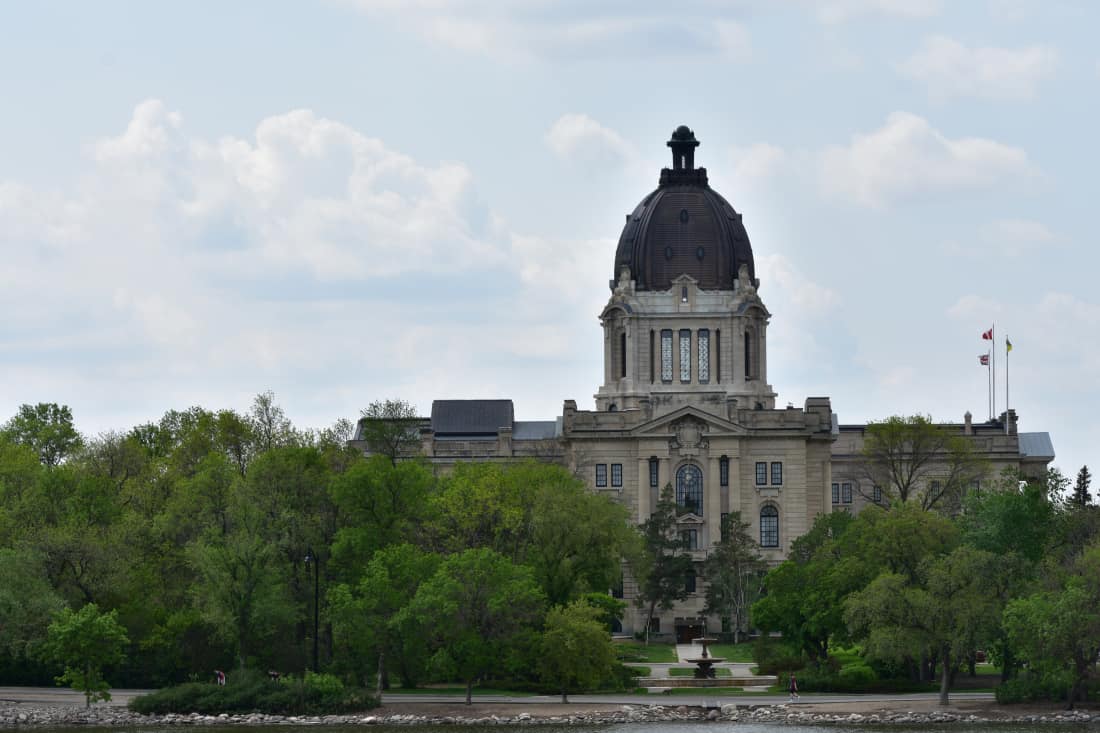
Finance Minister Donna Harpauer delivered the provincial budget on March 20 in Regina, and with it, the final chapter in her three-year plan to balance it. Though the province is back in the black, the budget brings cuts to advanced education and funds for scholarships.
“The Right Balance” budget for Saskatchewan sees decreases in the Advanced Education budget line as a whole. Direct financial support for students was cut, with the funds for scholarships going down by 42 per cent in comparison to the 2018-2019 budget.
The Saskatchewan Advantage Scholarship is changing with these cuts to scholarships. Previously, the award gave up to $500 to all grade 12 graduates in Saskatchewan who attended post-secondary education in the province. The scholarship will now be issued based on financial need, to reach those “who truly need it.”
As for other sources of financial aid, the student-loan program is receiving $4.7 million more than last year; the number of students that the fund will be divided by has also increased. Up-front grants and the Graduate Retention Program saw no changes.
For institutional funding, the new budget has $469 million going to universities, federated and affiliated colleges this year — $1 million less than last year. The amount given directly to the University of Saskatchewan is still mostly unknown. Although, a portion of the fund has been promised to the College of Medicine.
The College of Medicine will be receiving $88 million, which is around the same amount as last year. The university forecast was hoping for an increase of $6.9 million to last year’s funds to be used for various initiatives including Postgraduate Medical Education and an Indigenous health curriculum.
The U of S will also receive $5 million from the government to partially restore the $20 million withheld from the university’s operating grant in 2015-2016. This restoration is now halfway complete, after receiving the same amount in the 2018-2019 budget.
The restoration of these funds was the priority ask in the U of S Operations Forecast 2019-20. The 2019-2020 budget sees a “continued restoration of $5 million in funding,” though it is unclear whether this is a commitment to fully restore the funds by 2021 like the university asked.
The U of S forecast also asked to receive funds in support of the construction of the Health Sciences Building and the Canada Excellence Research Chair in Water Security. They expect to receive a total of $25.7 million in 2019-2020 after “several years of constructive discussions” with the provincial government. It is still unclear whether or not the government will reply to these requests.
Partial support for these construction projects might be included in the nearly $22- million budget line for capital repairs and maintenance across the post-secondary sector. Although, this line saw no change from last year.
Finally, the last U of S funding priority to go unacknowledged was the call for investment into the Doctor of Veterinary Medicine program. The province of Alberta is planning to withdraw in 2020 from an interprovincial agreement to share costs of the program. Without additional support, the program will be operating with a decrease of nearly $9 million to its annual funding by 2023-2024.
The 2019-2020 provincial budget was balanced as promised, but it left things much the same for Advanced Education. The government aimed to “strike the right balance by maintaining operating grants,” but cuts to areas like financial aid coupled with the issue of dealing with inflation without any increased funds might complicate the government’s goal of keeping post-secondary institutions “sustainable now and into the future.”
Budget highlights outside the realm of advanced education include a $211-million increase in targeted investment to benefit Indigenous populations and a record-high provincial investment in mental-health and addiction services.
—
Ana Cristina Camacho / Staff Writer
Aqsa Hussain
Photo: Aqsa Hussain